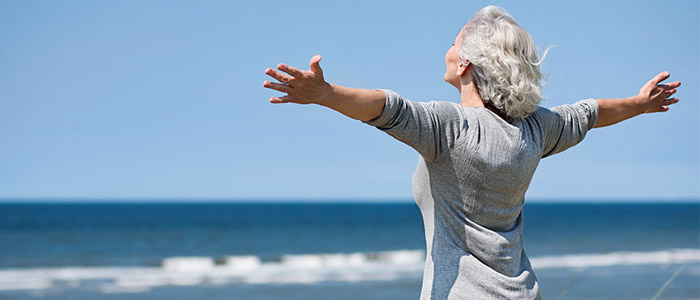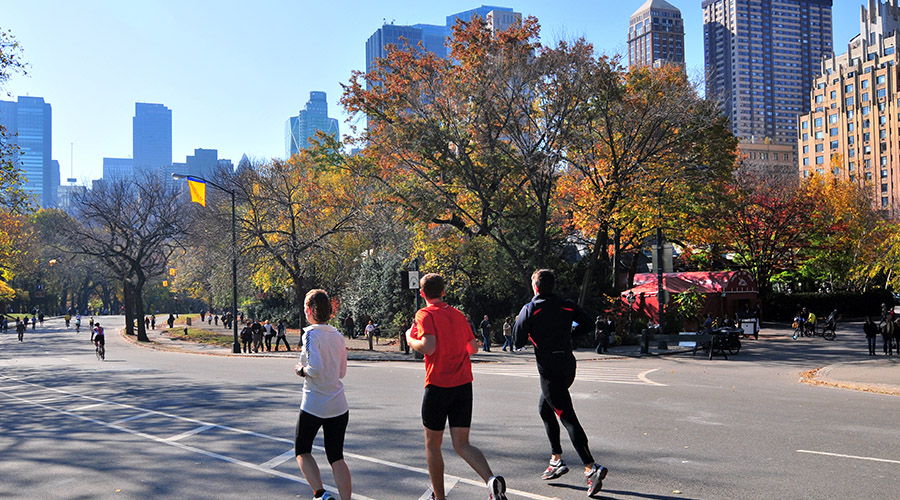Is It Possible to to Age Without Pain?
Aging can be a real pain, figuratively and literally. But it doesn’t have to be. With some effort, you can avoid creaky, achy joints and stay healthy for many years to come.
Exercise Matters
Most people can get away with skimping a bit on exercise when they’re younger. But as you get older, the ligaments and tendons that hold your joints together start to get a bit stiff and weak. Cartilage in the joints can start to wear away with conditions like osteoarthritis. That makes your body less resilient and achier, which means you might stop doing your daily activities or exercise to avoid any aches and pain. But that isn’t the answer.
Invest in Your Body
The answer is to think of your body as an investment. You need to invest more time into being healthy and maintaining a base level of fitness. It might seem counterintuitive to fight aches and pains with movement, but doing so will actually help your muscles and joints. It’ll also improve your balance and your state of mind, since you’ll be able to keep doing the things you enjoy.
Maintaining your flexibility, cardio endurance, and strength are the three keys.
Flex Your Flexibility
You don’t have to become a yogi, but stretching, even just a little, really helps. It keeps your ligaments limber, which in turn help support your joints. Flexibility also can give you a bit of an edge in sports—golf, tennis, cricket—whatever you’re into.
Charge The Cardio
Of course cardio is key to preventing heart disease and strokes. But it also helps reduce soreness and aching in your joints because it trims down any extra weight those joints might be carrying around. Check with your physiatrist to find out what guidelines to follow as far as daily exercise. Every little bit helps—taking the stairs instead of an escalator, or catching up with friends while walking around the neighborhood.
Stay Strong
Because your muscles act as joint stabilizers, strengthening them will help ease joint pain. Making your core muscles (stomach, rear, thighs) stronger will help with back pain, because those muscles are what can share the load of your body weight. You don’t have to go to a fancy gym to get stronger—milk jugs, water bottles, and sacks of flour can make good makeshift weights. Even doing something like reorganizing your kitchen cabinets can be a way to start moving and lifting a bit if it’s been a while. Make sure to check with your doctor about how to start strengthening up.


